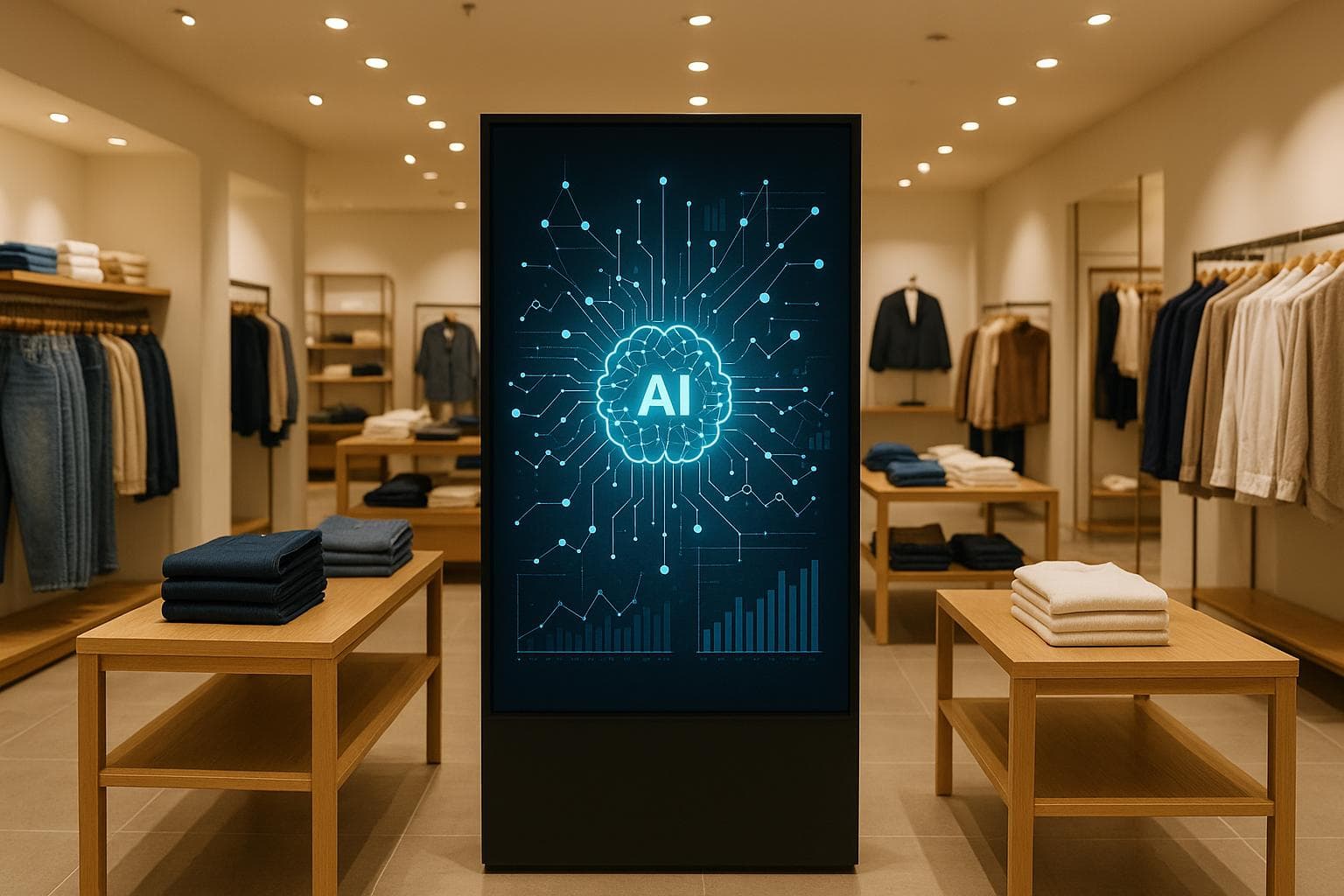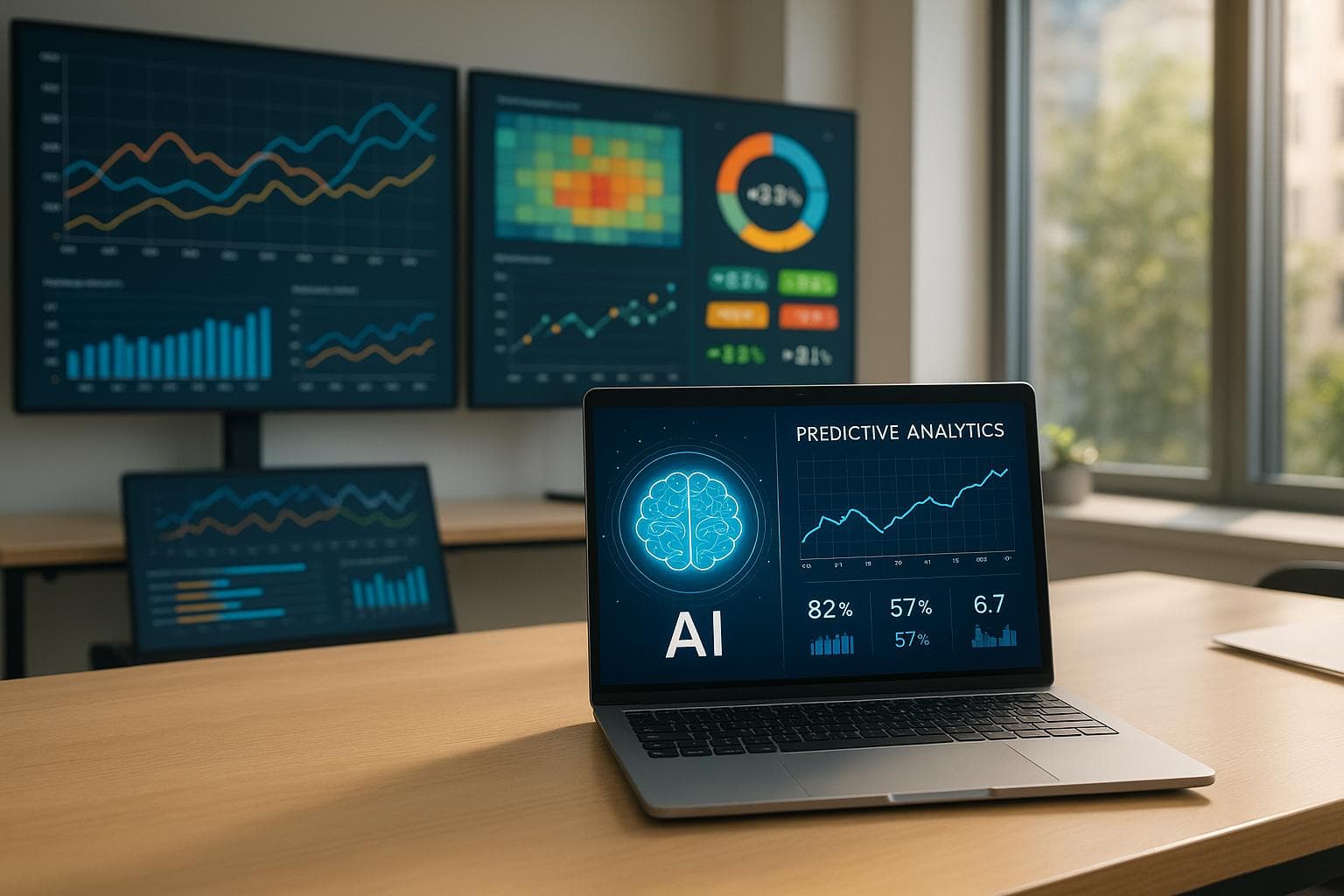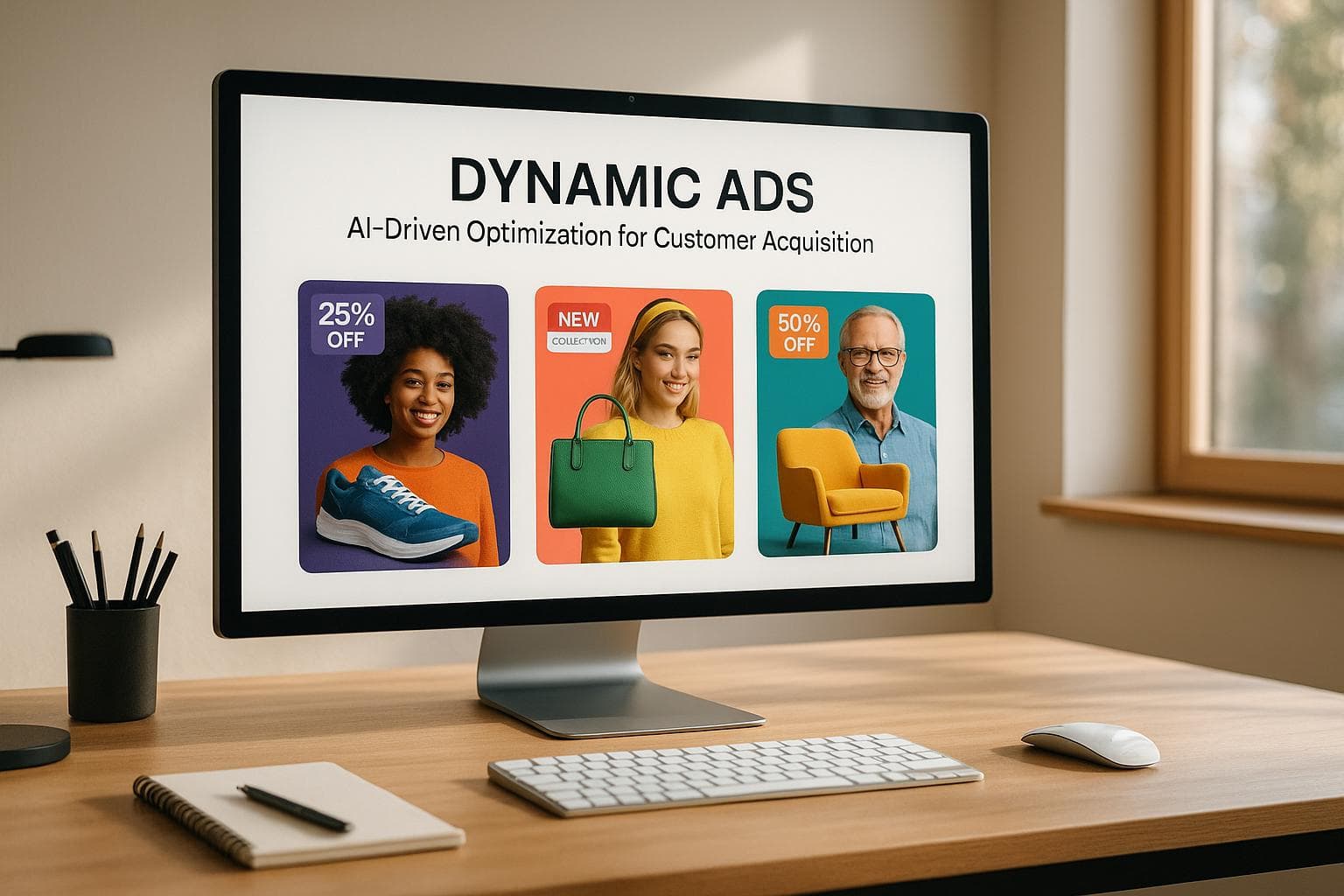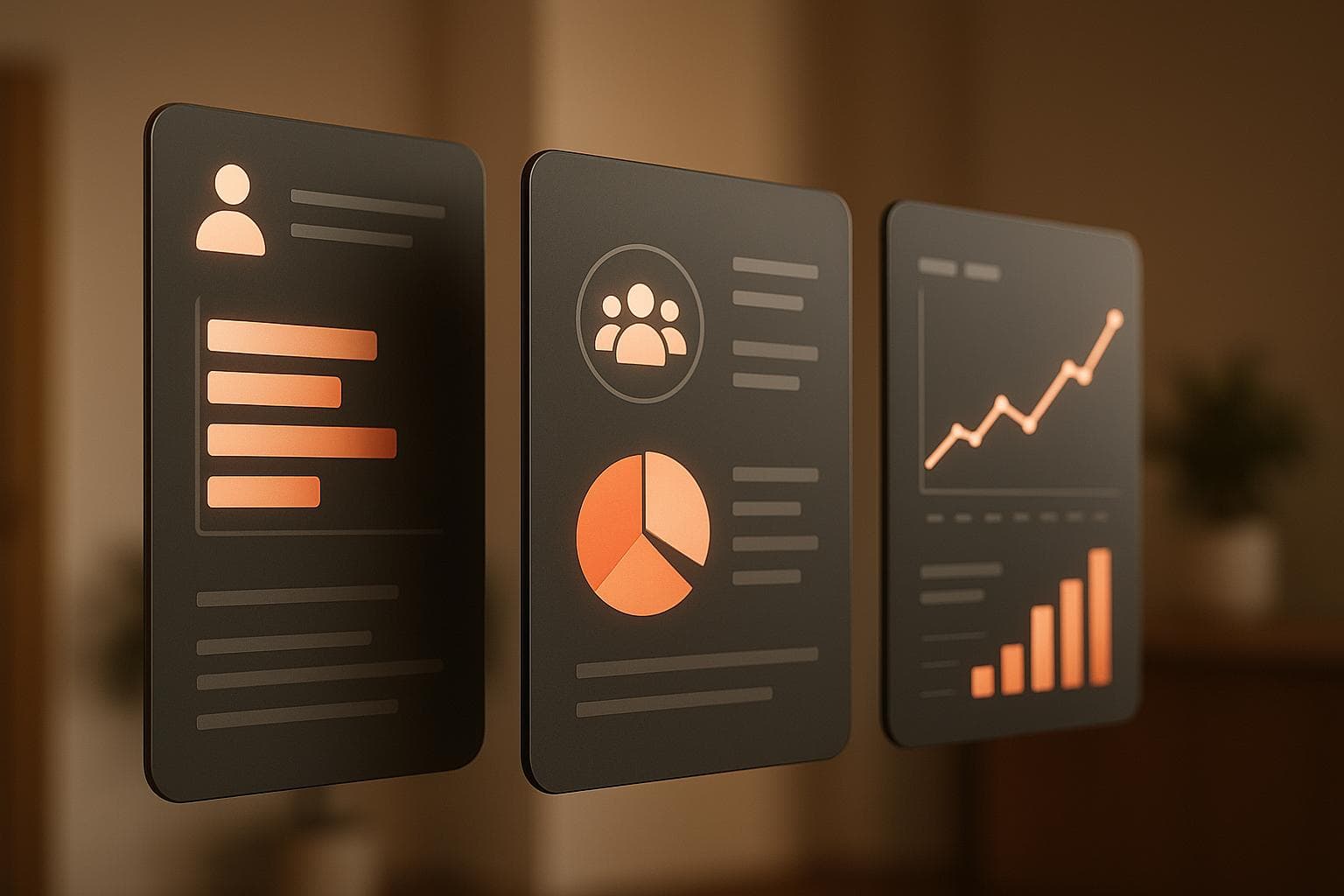Gap Inc. collaborates with Google Cloud to innovate through AI adoption
Gap Inc. teams with Google Cloud in a multi-year partnership to adopt AI across its retail brands.
Gap Inc. is taking a bold step into the future of retail with a newly announced partnership with Google Cloud. The multi-year collaboration, revealed earlier this month, aims to position Gap as an "AI-first" retailer by embedding artificial intelligence deeply into its operations, from product design to marketing and customer personalization. This move highlights the growing influence of AI in reshaping the retail industry and comes at a critical time for Gap as it seeks to adapt to shifting consumer behaviors and the demands of digital transformation.
Gap will leverage Google Cloud technologies such as Gemini, Vertex AI, and BigQuery to modernize its operations. These tools are expected to empower Gap’s teams to focus on creativity and customer-centric strategies while reducing time spent on routine administrative tasks. "This initiative is about empowering teams to prioritize creativity and customer focus, rather than getting bogged down in routine tasks", said Sven Gerjets, Gap’s Chief Technology Officer.
Transforming Retail Operations with AI
The partnership represents a continuation of Gap’s digital-first strategy, which gained momentum in 2024 with the creation of a dedicated AI unit. This initiative will make AI tools accessible across the company, fostering a culture of innovation and efficiency. According to a recent report, AI will touch every aspect of Gap’s operations, from pricing algorithms and demand forecasting to generative AI assisting in creative design processes.
Google Cloud’s expertise is expected to help Gap deliver faster, more personalized customer experiences. "AI will help Gap deliver faster, more personalized experiences to customers", Gerjets said in the announcement, while Google Cloud CEO Thomas Kurian emphasized that the collaboration is designed to "reinvent retail with speed and innovation."
Enhancing Marketing and Internal Efficiencies
AI-driven analytics are expected to revolutionize Gap’s marketing strategies. Through the use of Vertex AI and BigQuery, the company aims to create hyper-targeted campaigns that are more responsive to real-time market data. This approach could enhance product innovation while optimizing marketing efforts, allowing Gap to compete more effectively with e-commerce giants. Additionally, AI will play a key role in improving customer experiences, such as tailoring product recommendations based on individual preferences, potentially increasing customer loyalty and reducing return rates.
Internally, the adoption of AI is expected to improve employee productivity by automating repetitive tasks. This focus on streamlining operations allows employees to dedicate their time to more high-value, strategic activities. As detailed in Gap’s announcement, this human-centered approach forms a core part of its broader technology strategy.
Industry Trends and Competitive Challenges
Gap’s partnership with Google Cloud reflects a broader trend within the retail industry, where companies are increasingly leveraging AI to stay competitive. Similar initiatives, such as Shopify’s integration of AI for conversational commerce and efforts by Walmart and Ralph Lauren, underscore the growing importance of technology in maintaining relevance in a rapidly evolving market.
However, challenges remain. Data privacy concerns and the need to upskill employees to work effectively with AI technologies are among the hurdles that many retailers, including Gap, will need to address to fully benefit from AI-driven transformation.
A Strategic Outlook for Growth
While the success of the partnership will ultimately depend on measurable outcomes such as improved sales figures and customer satisfaction, Gap’s stock has already seen positive movement following the announcement. By embedding Google Cloud’s AI capabilities throughout its operations, Gap is positioning itself not just as a participant in the AI revolution, but as a leader in using technology to enhance retail.
Looking ahead, the company's plans extend beyond marketing and customer interaction to include supply chain optimization. AI is expected to improve inventory forecasting, allowing Gap to better align supply with demand and avoid overproduction or stock shortages. Additionally, the partnership is anticipated to accelerate product development cycles, with AI sparking creative ideas for design teams.
As one technology analyst noted, this collaboration represents a full-scale commitment to AI-driven retail innovation. With AI tools becoming the backbone of operations, Gap is poised to redefine its place in the retail landscape, blending its legacy brands with cutting-edge technology to meet the challenges of an increasingly digital future.
Geoffrey G.










